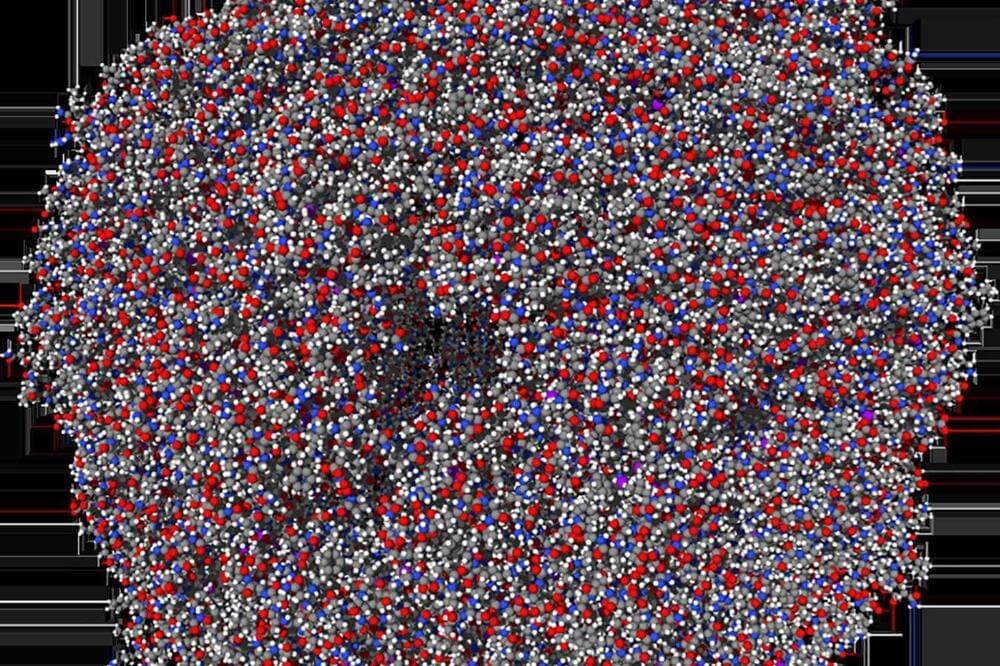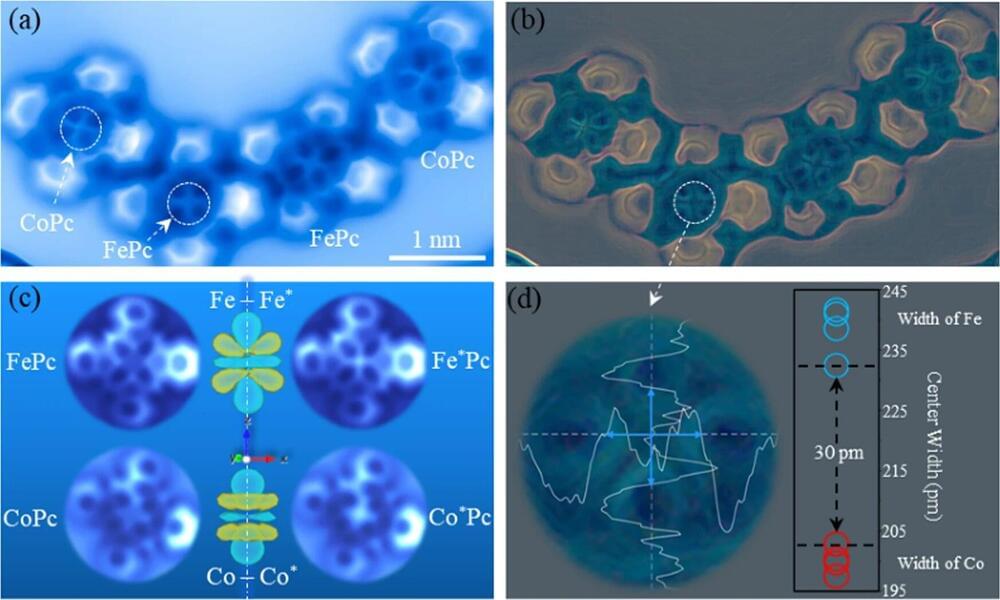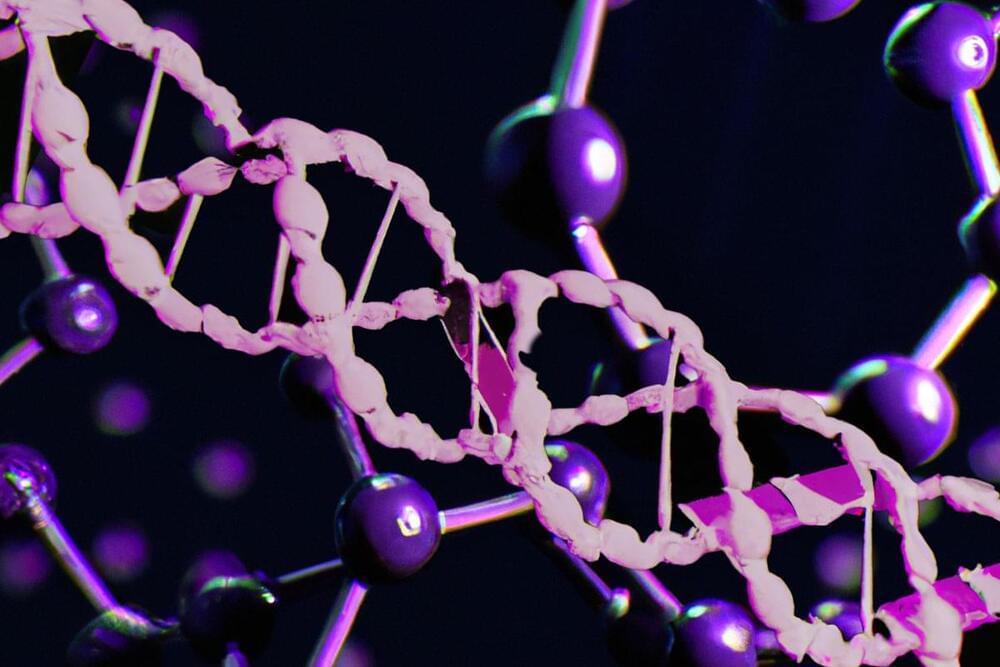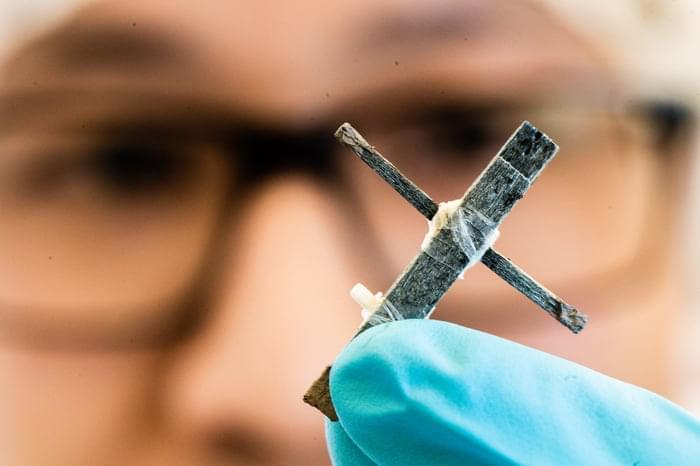May 16, 2023
Compression algorithms run on AI hardware to simulate nature’s most complex systems
Posted by Shubham Ghosh Roy in categories: climatology, information science, robotics/AI, space
High-performance computing (HPC) has become an essential tool for processing large datasets and simulating nature’s most complex systems. However, researchers face difficulties in developing more intensive models because Moore’s Law—which states that computational power doubles every two years—is slowing, and memory bandwidth still cannot keep up with it. But scientists can speed up simulations of complex systems by using compression algorithms running on AI hardware.
A team led by computer scientist Hatem Ltaief are tackling this problem head-on by employing hardware designed for artificial intelligence (AI) to help scientists make their code more efficient. In a paper published in the journal High Performance Computing, they now report making simulations up to 150 times faster in the diverse fields of climate modeling, astronomy, seismic imaging and wireless communications.
Previously, Ltaief and co-workers showed that many scientists were riding the wave of hardware development and “over-solving” their models, carrying out lots of unnecessary calculations.


















